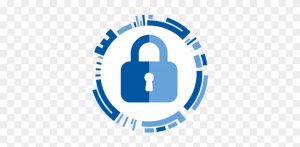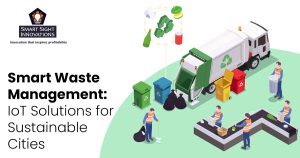 During the last year, hundreds of companies from around the world notified its customers and the stock markets about possible data breaches that compromised personal information of millions. Some of the most significant data breaches were reported by brands like Marriott Starwood Hotels, Cathay Pacific Airways, T-Mobile, and British Airways. Thus, customer data security remains a top priority for small and large organizations around the world during 2019.
During the last year, hundreds of companies from around the world notified its customers and the stock markets about possible data breaches that compromised personal information of millions. Some of the most significant data breaches were reported by brands like Marriott Starwood Hotels, Cathay Pacific Airways, T-Mobile, and British Airways. Thus, customer data security remains a top priority for small and large organizations around the world during 2019.
No matter if the company has cloud-based CRM or an on-premises customer relationship management system; organizations do need to implement and maintain basic security solutions on their own. The requirement may vary from one country to the other, depending on the local data protection rules.
Firewall, anti-spam filters, anti-virus solutions, and user-action monitoring software are some of the primary factors that need to be in place. Plus, employees should be trained to make them aware of the latest trends in cybersecurity. Here’re strategies that can help in boosting the company’s data security.
Secure the server room
If your organization saves data in physical servers, securing the server room should be the top priority. A minimum number of employees should have access to the concerned specialized area. Doors with access card controls need to be in place along with 24 by7 electronic surveillance. Taking these steps would ensure that all the basic IT systems in the company remain safe from physical breaches.
Limiting the access to CRM’s functions
One of the advanced features offered by most of the customer management software solutions these days is limiting the access to consumer’s data based on the role and responsibilities of the employee.
The feature that offers role-based security capabilities also helps in improving productivity and streamlining tasks as extraneous information remains out of the screen. Employees see the information that’s specific to their roles in the organization.
The company needs to draw its baseline security roles consisting of details about the minimum set of permissions that every employee would require while accessing the customer relationship management system. For example, data access level for sales team will be different compared to the information that customer service executives would be able to access. Employees in the cancellation team should have the authority to deactivate consumer’s account, while others should only be able to access the information to ensure accounts do not get deactivated accidentally.
Conducting IT risk assessment audits
Regulatory IT audits are necessary to ensure compliance with various data security laws around the world. Most of the crm developers also recommend the same.
A mounting number of individuals have access to various functionalities of the CRM. The system often remains exposed to multiple vulnerabilities due to the interconnected environment within an organization.
Denial of service attack, malicious code, ransomware, and other hacking attacks on the CRM have become common due to increasingly sophisticated practices followed by hacking groups. Companies often fail to find and deal with vulnerabilities. Information Technology risk assessment audit can help in quickly finding loopholes.
Third party security audits are crucial
Check the credentials for the auditing organization and of course, their work experience as well as references when it comes to implementing security solutions for CRM.
To analyze the in-house systems in the organization, the IT security auditor would require a list of operating systems, a list of software solutions implemented by the company, network topology, and the record for external security solutions deployed in the framework. They would also require details about business processes, procedures, and security policies followed by employees in various divisions.
Some systems may need platform expertise for audits as recommended by the crm development company.
The audit involves going through the security checklists and then detecting remote access technology deployment, checking unidentified wireless networks, as well as finding unauthorized implementations. The operating systems are connected with a vulnerability scanner to find vulnerabilities.
The final auditing report should outline the probable source of threat, the impact of the exposure, and details about the recommended solutions to fix the problem.














